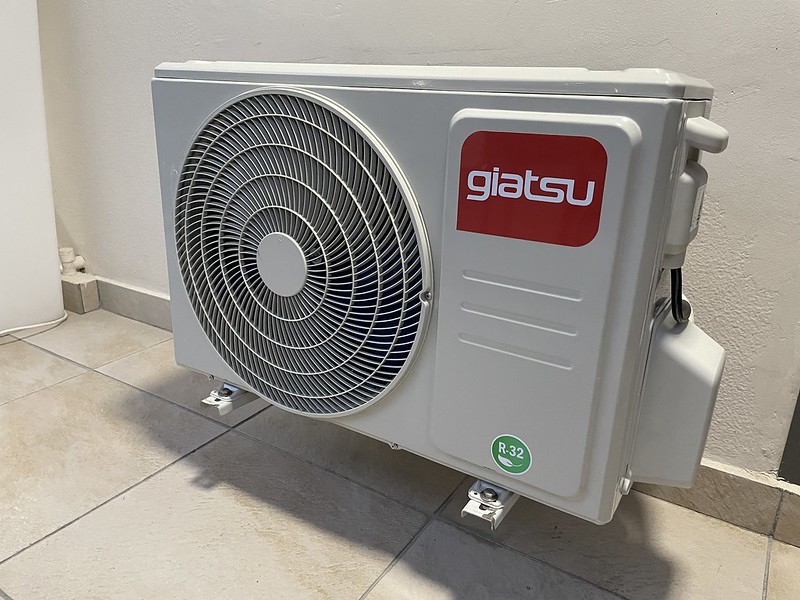Adding a zone to a mini-split system is not a straightforward task and may not be feasible for DIY users without advanced HVAC knowledge. The main challenge lies in the communication between the indoor and outdoor units, as they need to be in sync for either to operate. If your heat pump only has connections for one indoor unit, it is designed to work with just one, and attempting to add a second unit could lead to complications.
Understanding the Challenges of Adding a Zone
When considering adding zones to a multi-zone mini-split system, it is essential to ensure that the outdoor unit is properly sized for the completed space, not the space as it is currently. This is because the outdoor unit’s capacity must be able to handle the total cooling or heating load of all the connected indoor units.
One potential approach is to use only a few ports of a branch box and tap into the other ports later. However, this requires careful planning and understanding of the system’s refrigerant flow and electronics. Improper installation or modifications can lead to issues with refrigerant valves, compressor operation, and overall system performance.
Compatibility and Sizing Considerations
In some cases, it might be more practical to purchase a mini-split designed for multiple heads or buy two separate mini-splits, depending on the size of the units needed. This approach ensures compatibility and reduces the chances of encountering issues with refrigerant valves and electronics.
When selecting a multi-zone mini-split system, it is crucial to consider the following factors:
-
Outdoor Unit Capacity: The outdoor unit must be sized to handle the total cooling or heating load of all the connected indoor units. Oversizing or undersizing the outdoor unit can lead to inefficient operation and potential system failures.
-
Indoor Unit Compatibility: Ensure that the indoor units are compatible with the outdoor unit and can be properly integrated into the system. Mixing and matching components from different manufacturers may not work as intended.
-
Refrigerant Line Lengths: The refrigerant line lengths between the outdoor unit and each indoor unit must be within the manufacturer’s specifications. Exceeding the recommended lengths can impact system performance and efficiency.
-
Electrical Requirements: Verify that the electrical supply (voltage, amperage, and phase) is compatible with the mini-split system’s requirements. Improper electrical connections can lead to safety hazards and system malfunctions.
-
Zoning Controls: Multi-zone mini-split systems often come with advanced zoning controls, allowing independent temperature and airflow adjustments for each zone. Ensure that the control system is compatible with your specific needs and can be easily integrated into your home’s existing infrastructure.
Professional Installation Recommendations
While it is theoretically possible to add a zone to a mini-split system, it is not a simple task for DIY users with limited HVAC knowledge. It requires a deep understanding of HVAC systems, refrigerant flow, and electronics. Attempting to modify or expand a mini-split system without the proper expertise can lead to various issues, including:
- Improper refrigerant charging and airflow adjustments
- Compatibility problems between indoor and outdoor units
- Electrical wiring and control system integration challenges
- Potential safety hazards due to improper installation
In many cases, it is recommended to consult with a licensed and experienced HVAC professional who can assess your specific situation, provide expert guidance, and ensure the proper installation and integration of any additional zones or components. They can also help you determine if a multi-zone mini-split system or separate units would be the most practical and cost-effective solution for your needs.
Conclusion
Adding a zone to an existing mini-split system is a complex task that requires advanced HVAC knowledge and expertise. While it may be possible in some cases, it is not a straightforward DIY project and can lead to various issues if not done correctly. In most situations, it is advisable to consult with a professional HVAC contractor who can evaluate your specific needs, provide expert recommendations, and ensure the safe and efficient installation of any additional zones or components.
Reference:
– Can I add a secondary head unit to a single-zone mini-split compressor?
– Can I add a zone later to a multi-zone mini-split?
– Can I add a second head to a mini-split?

